D E S I D E R I O. Atto Primo

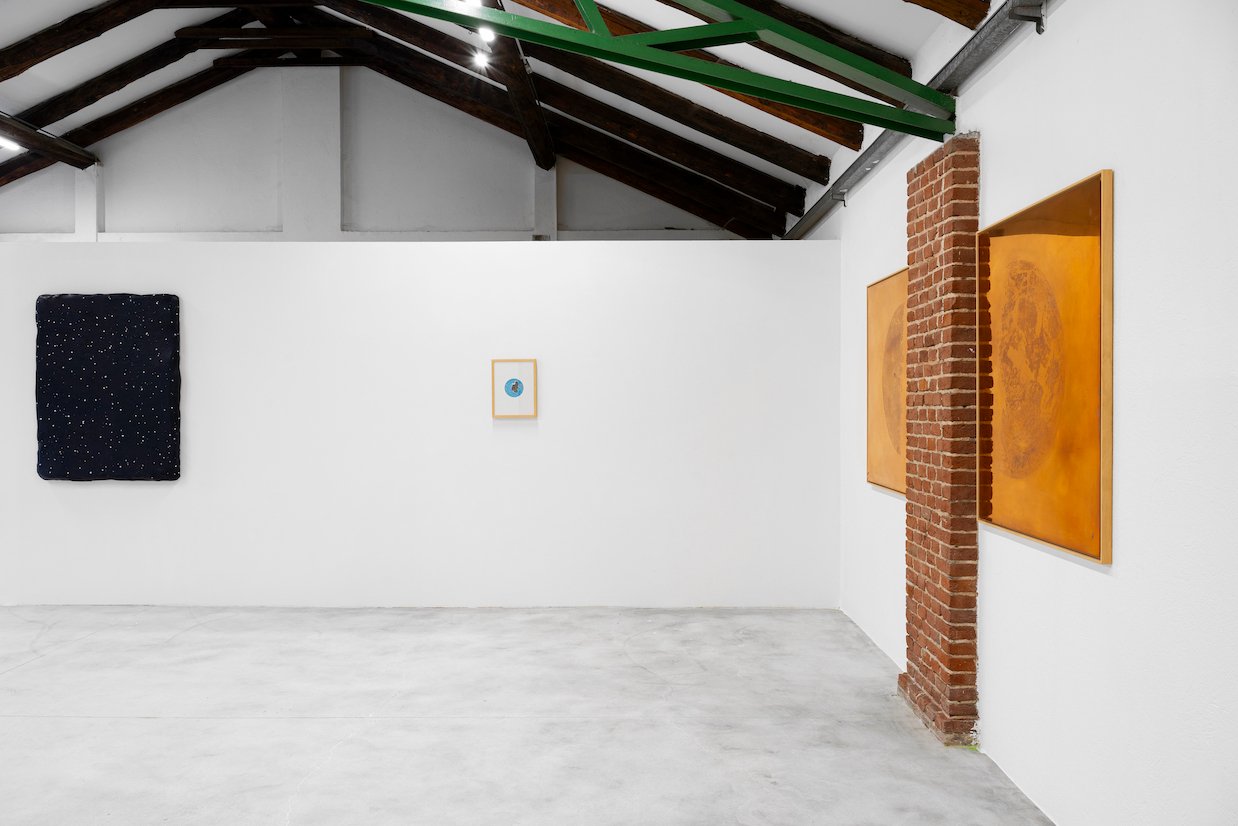
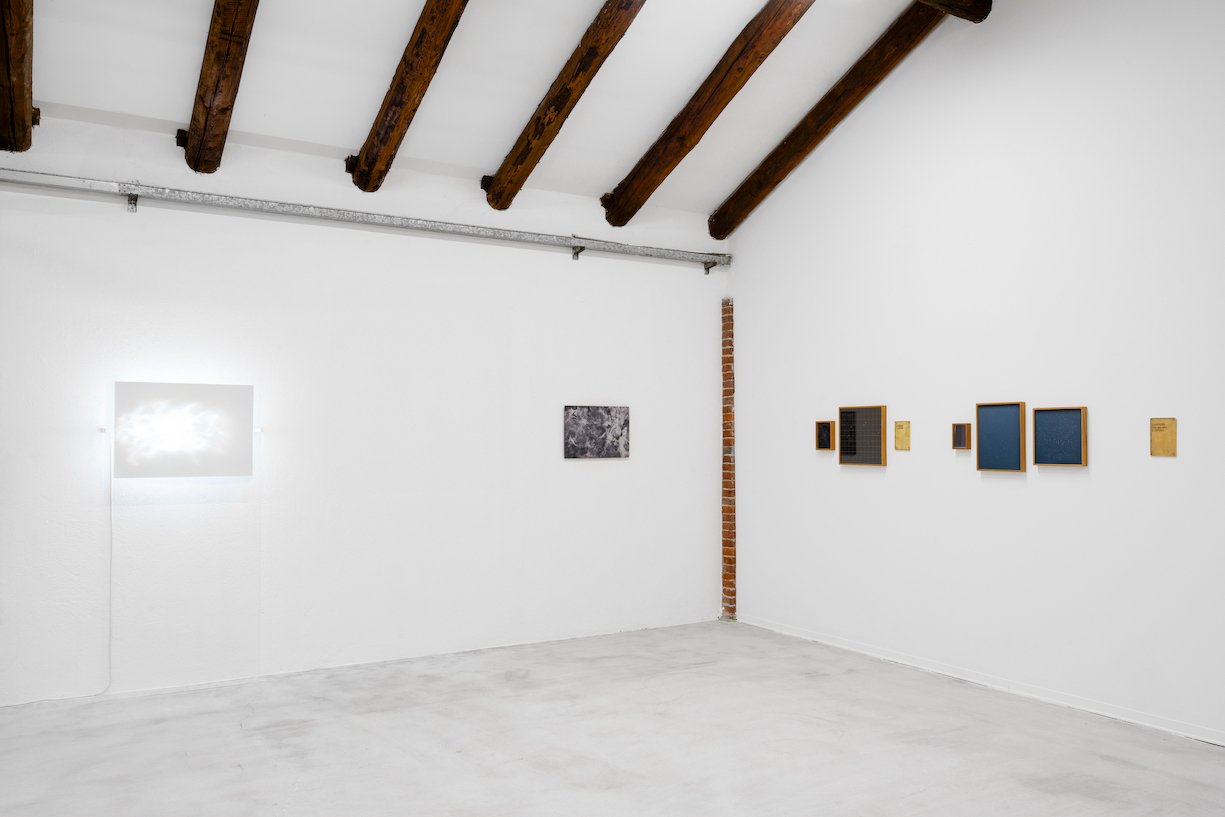
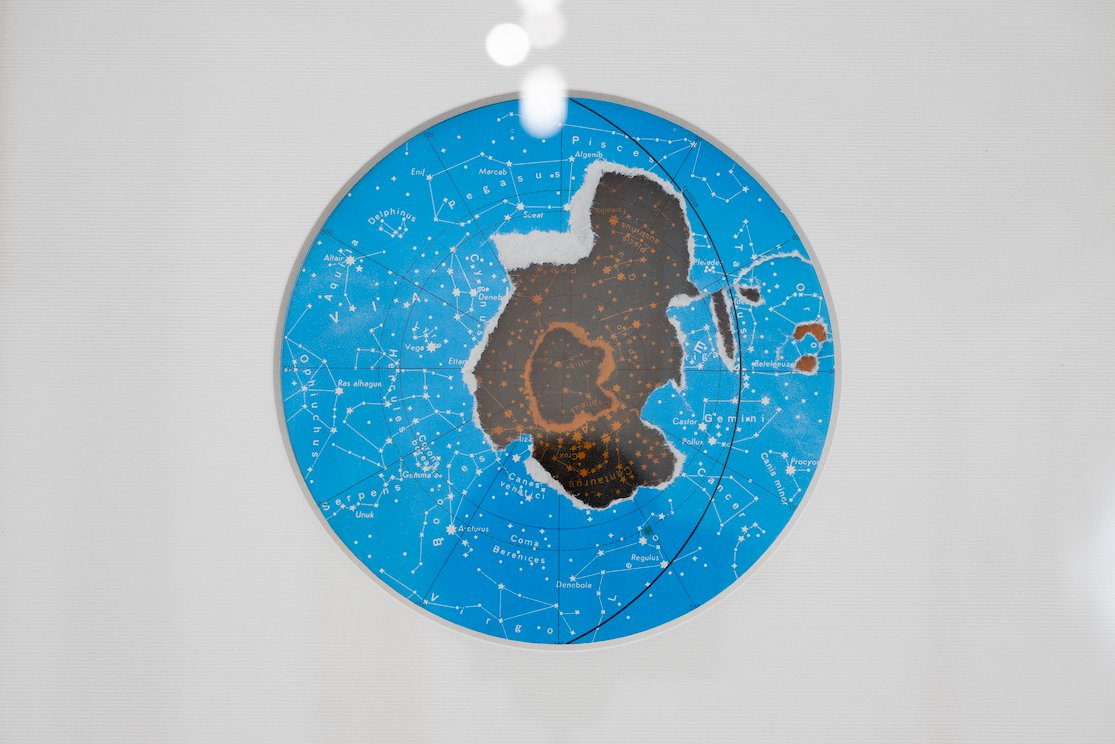
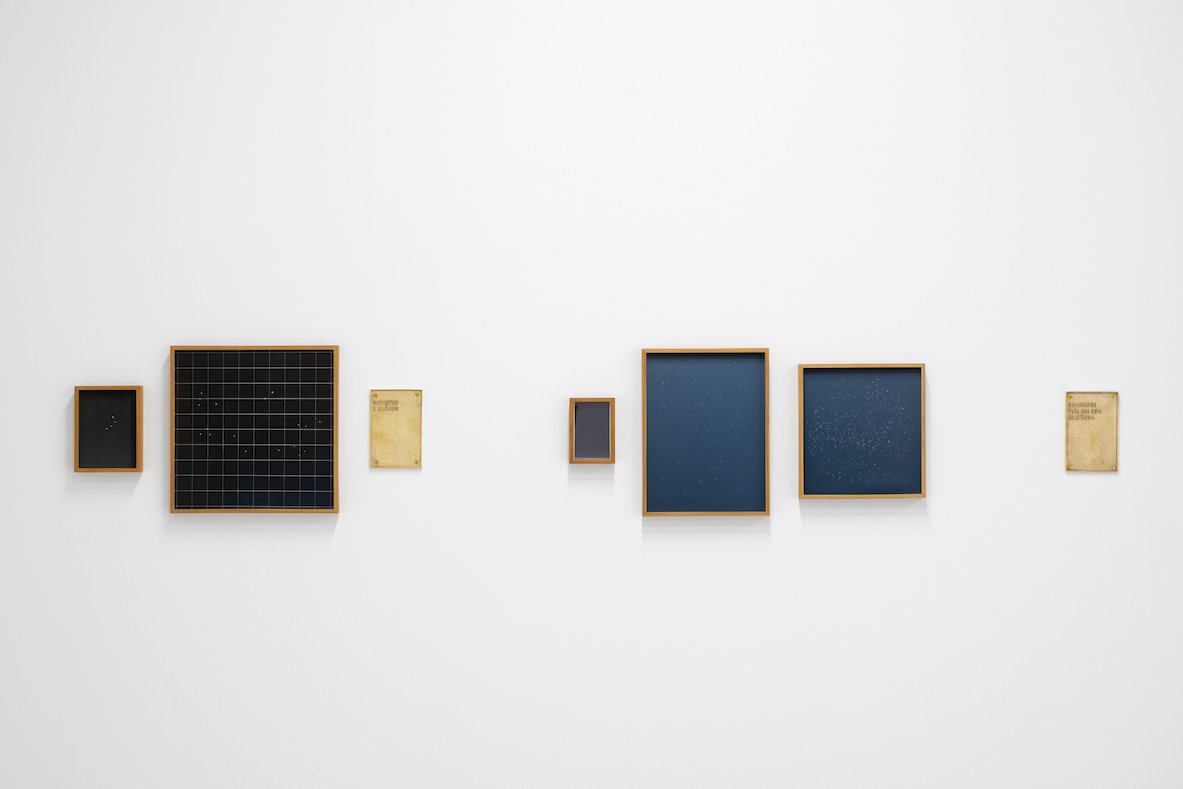
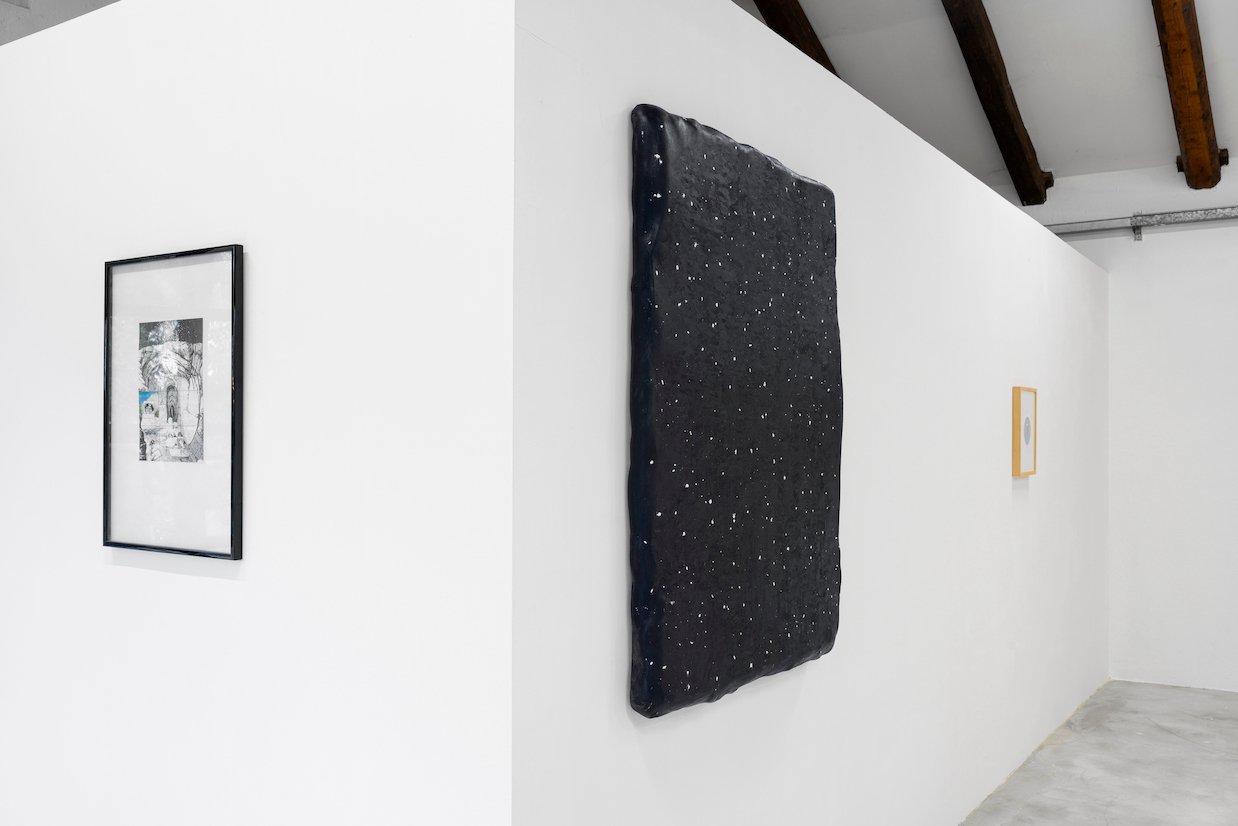
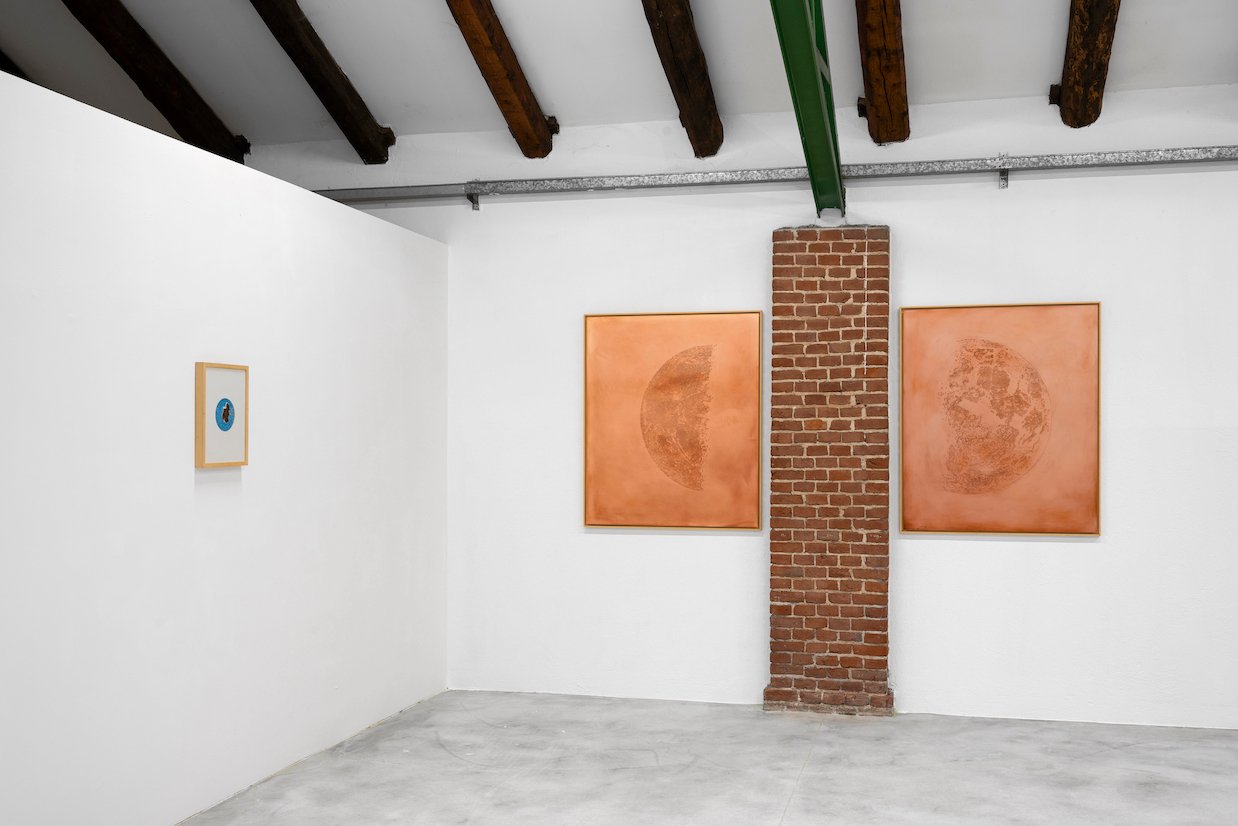
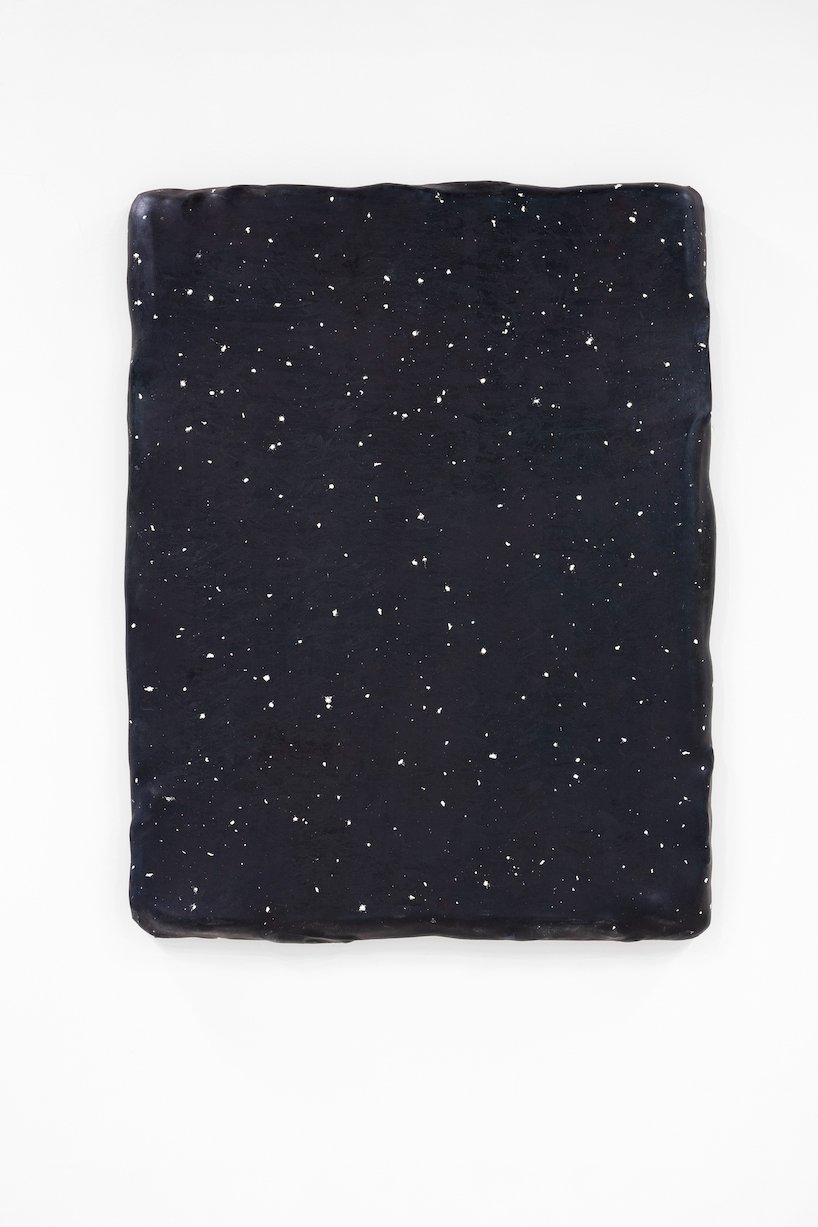
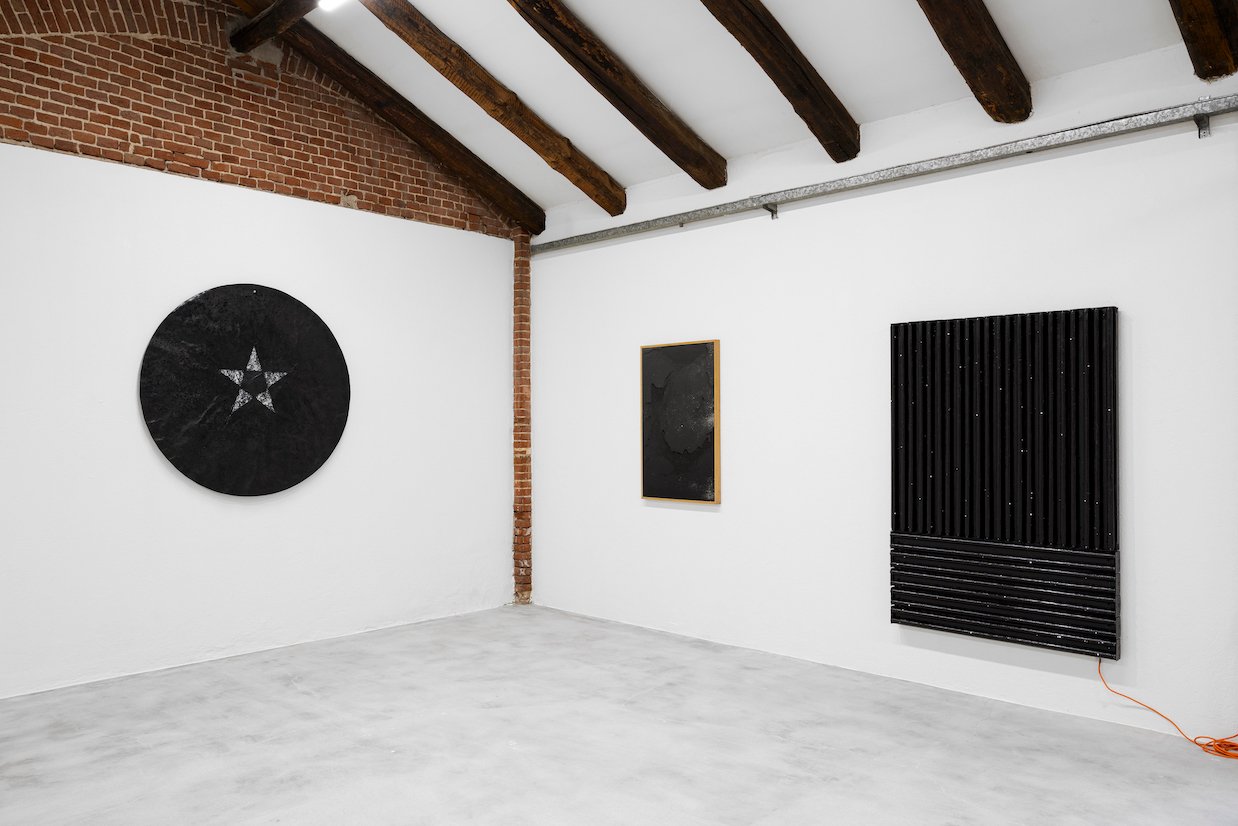
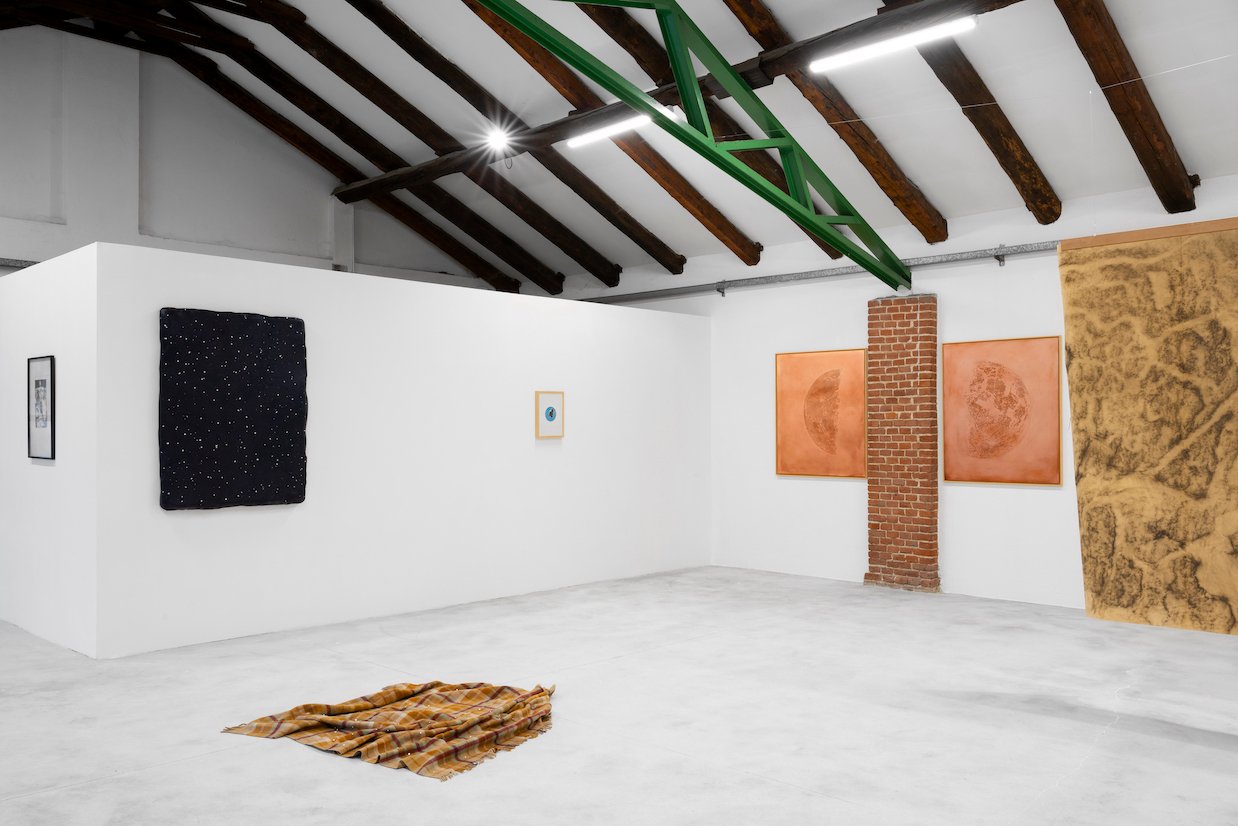
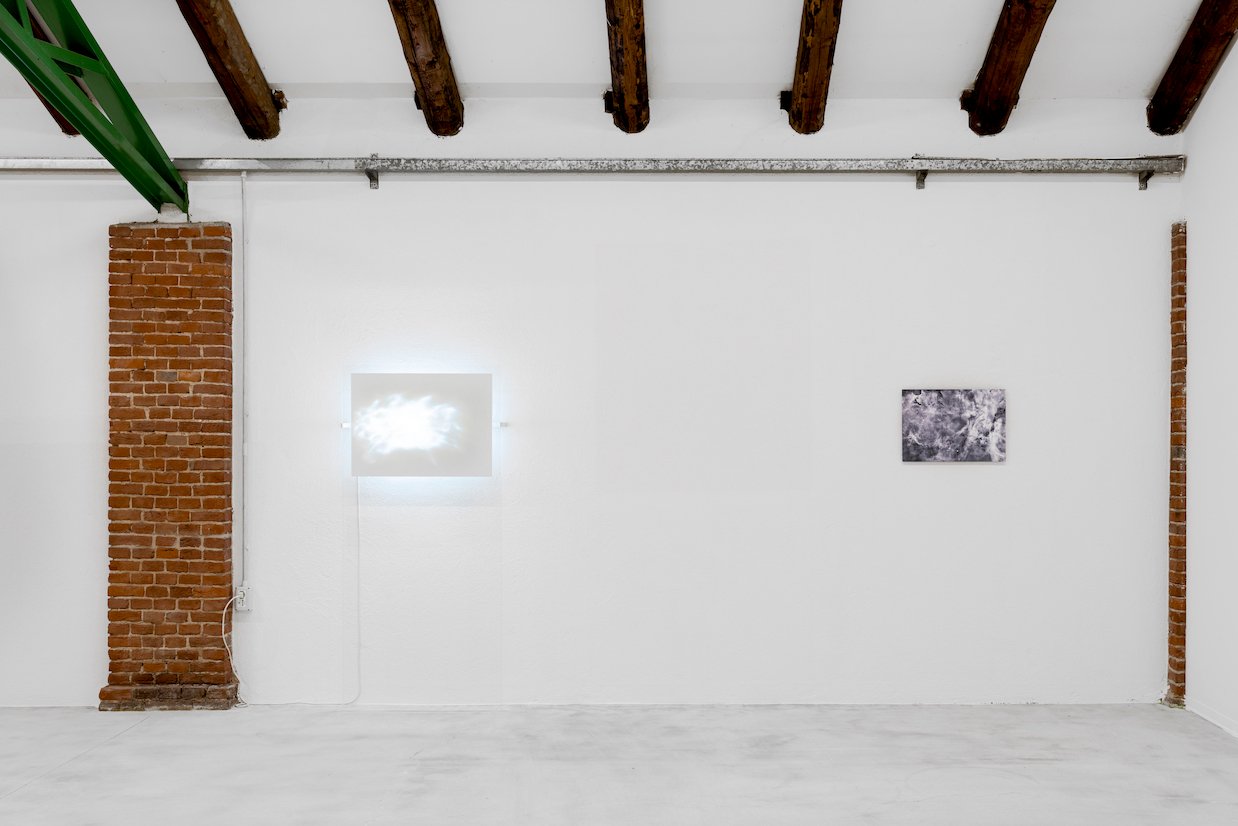
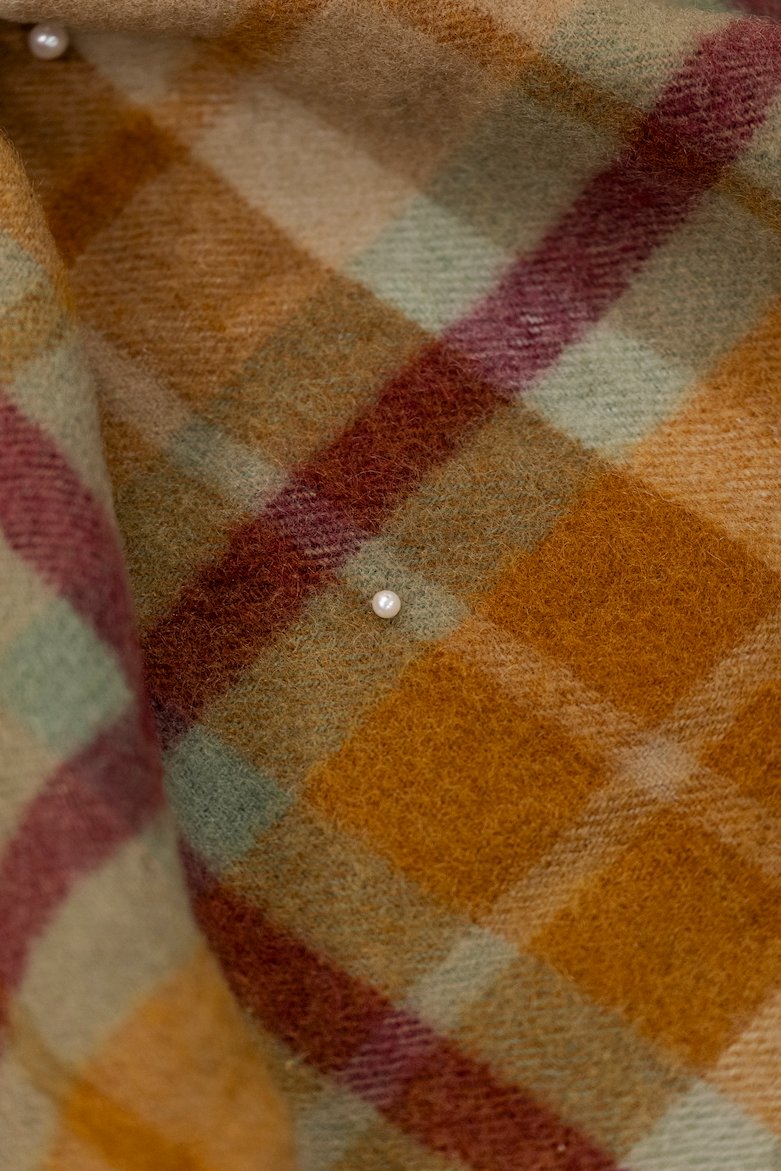

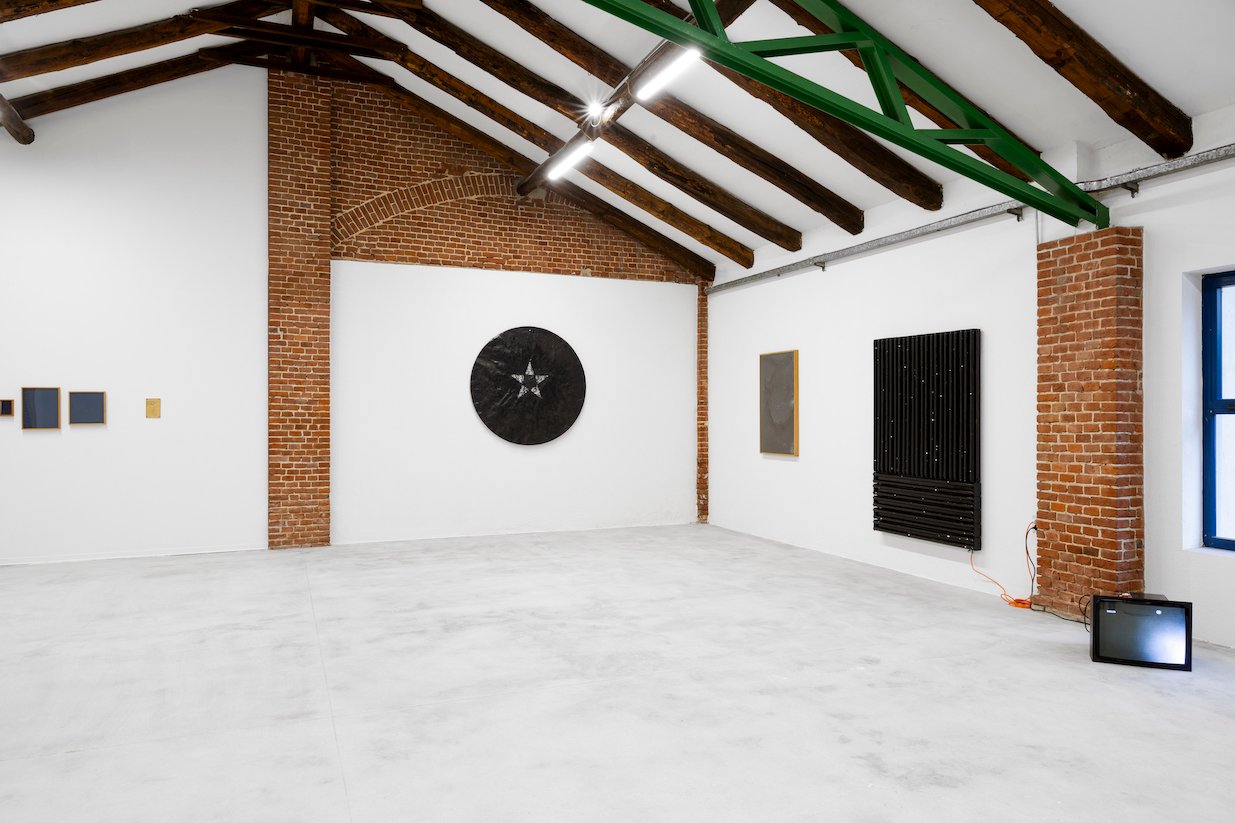
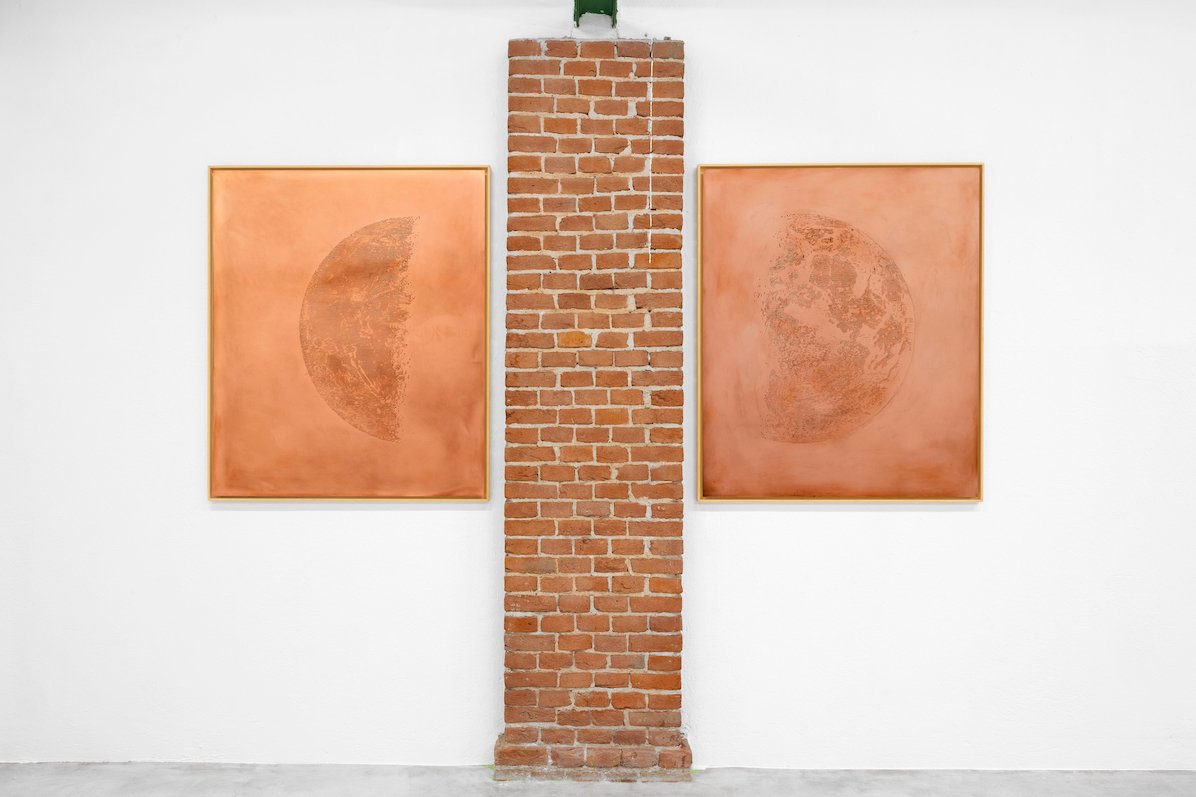
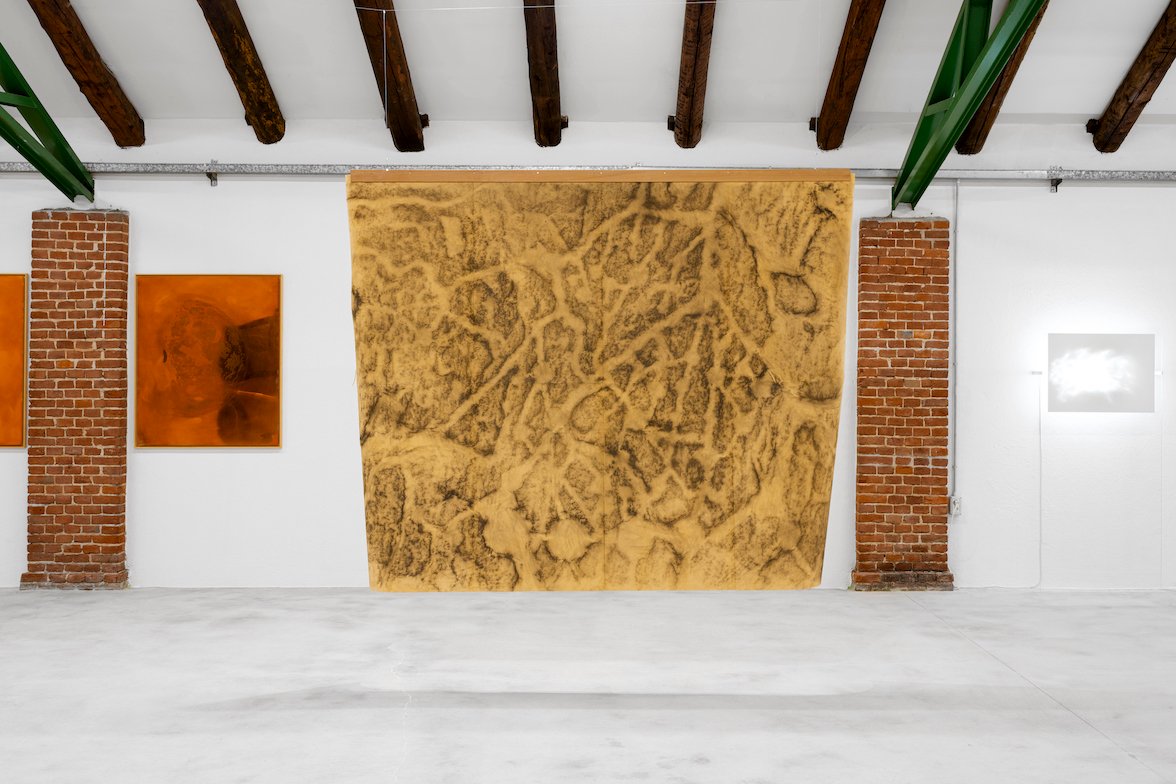
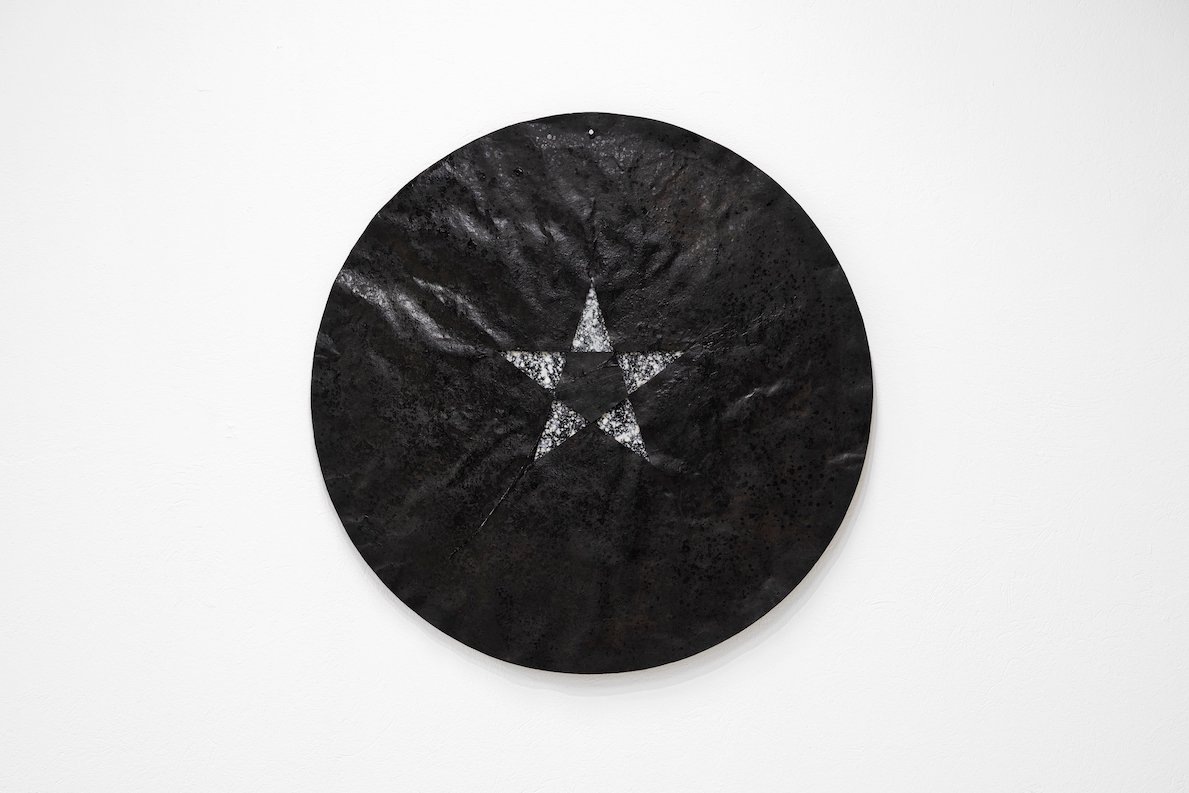
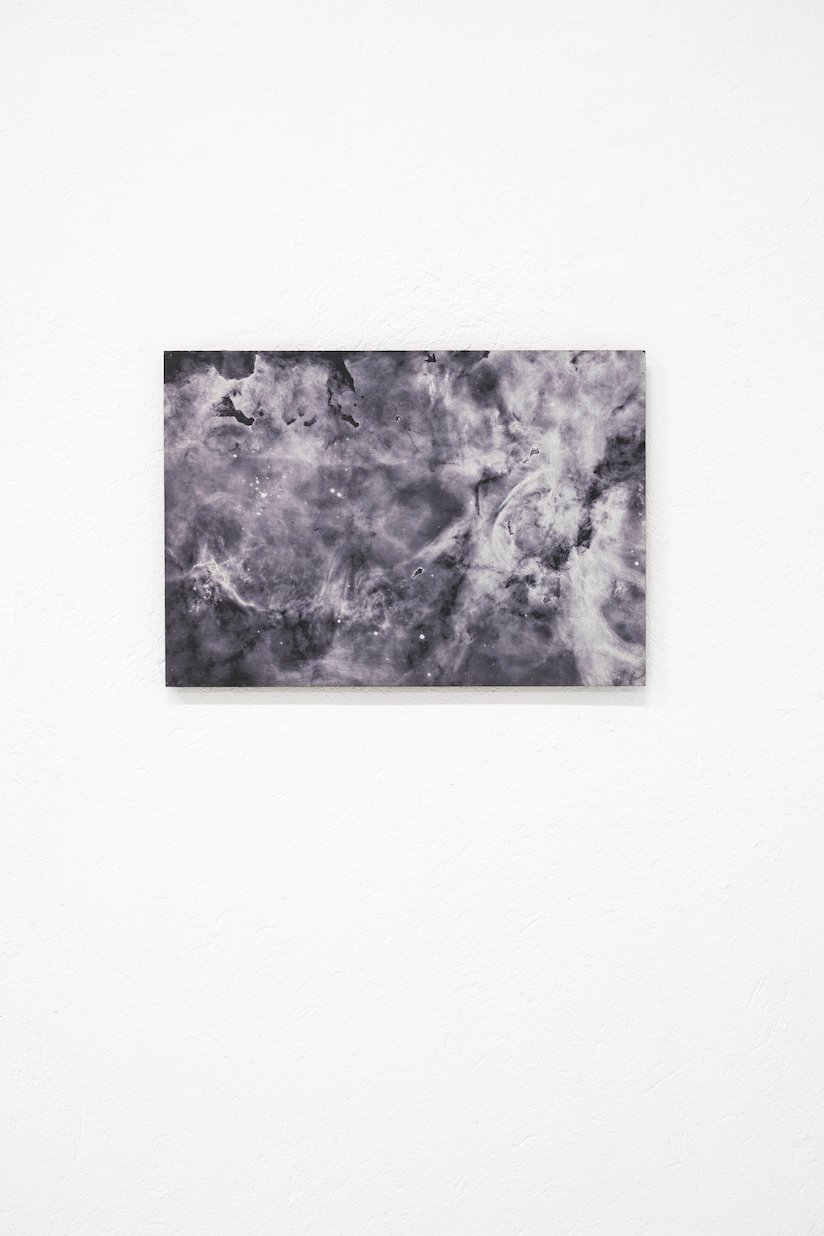
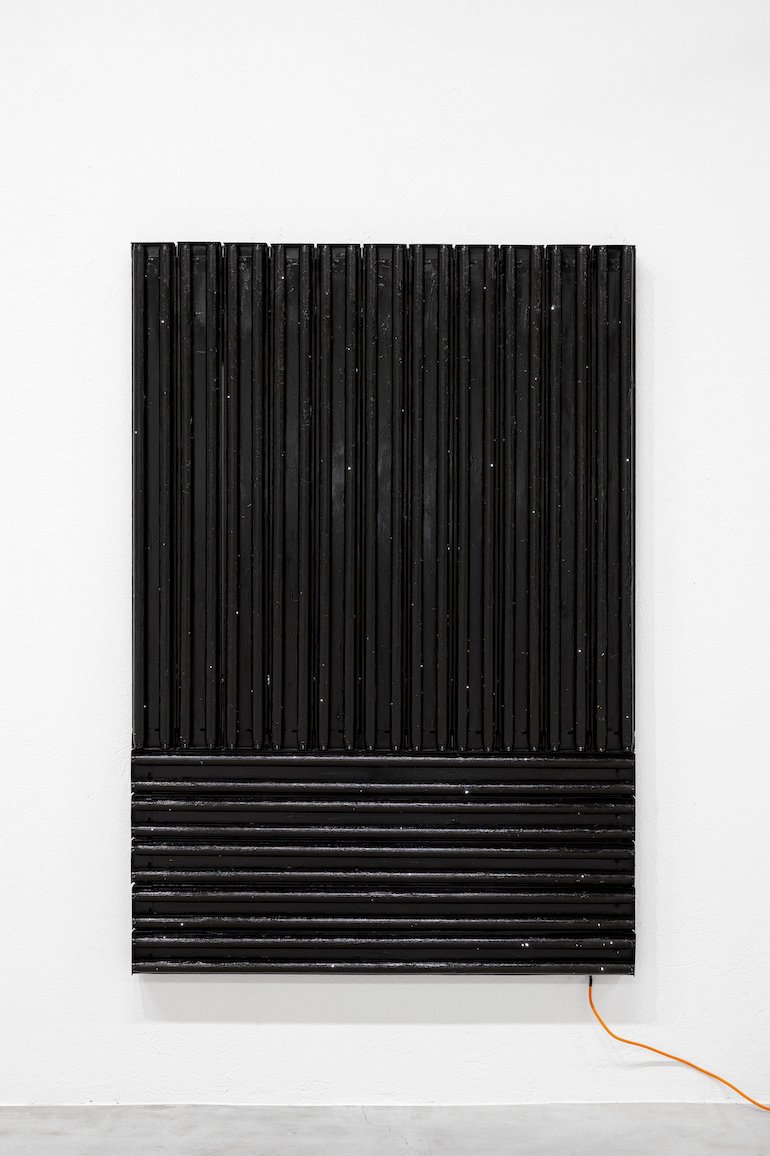
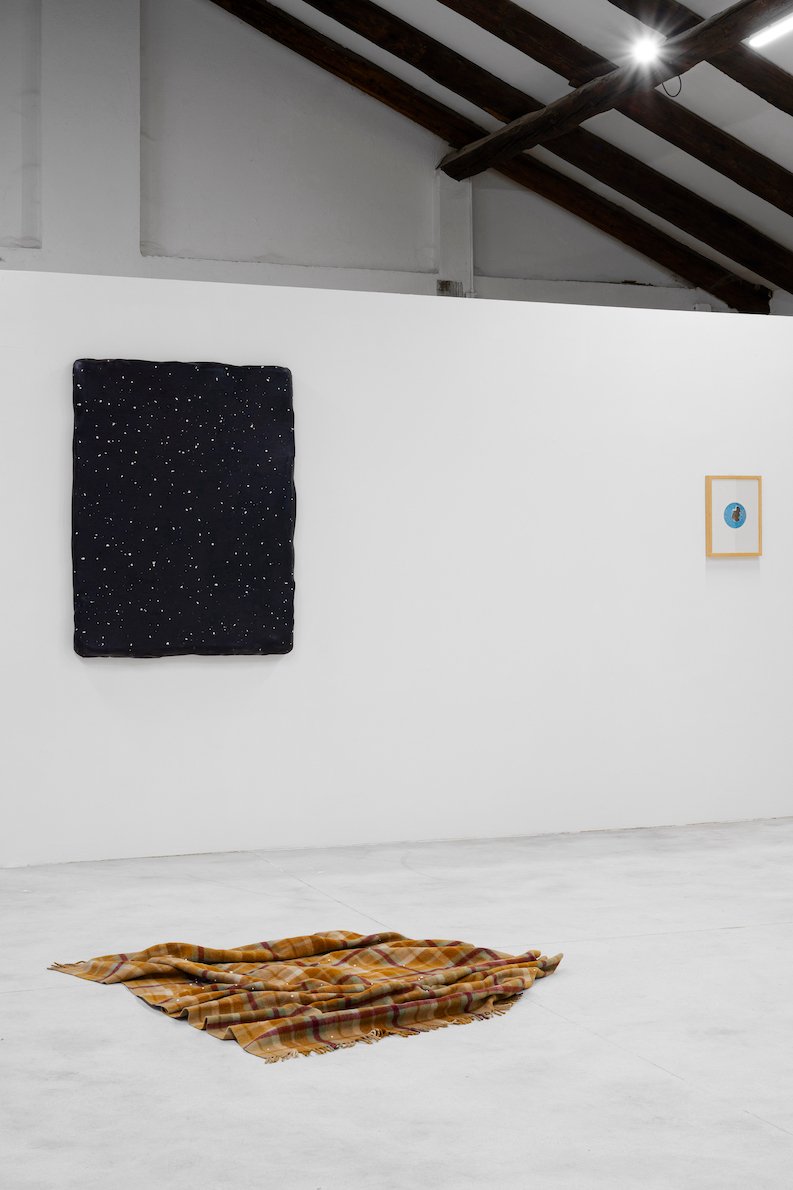
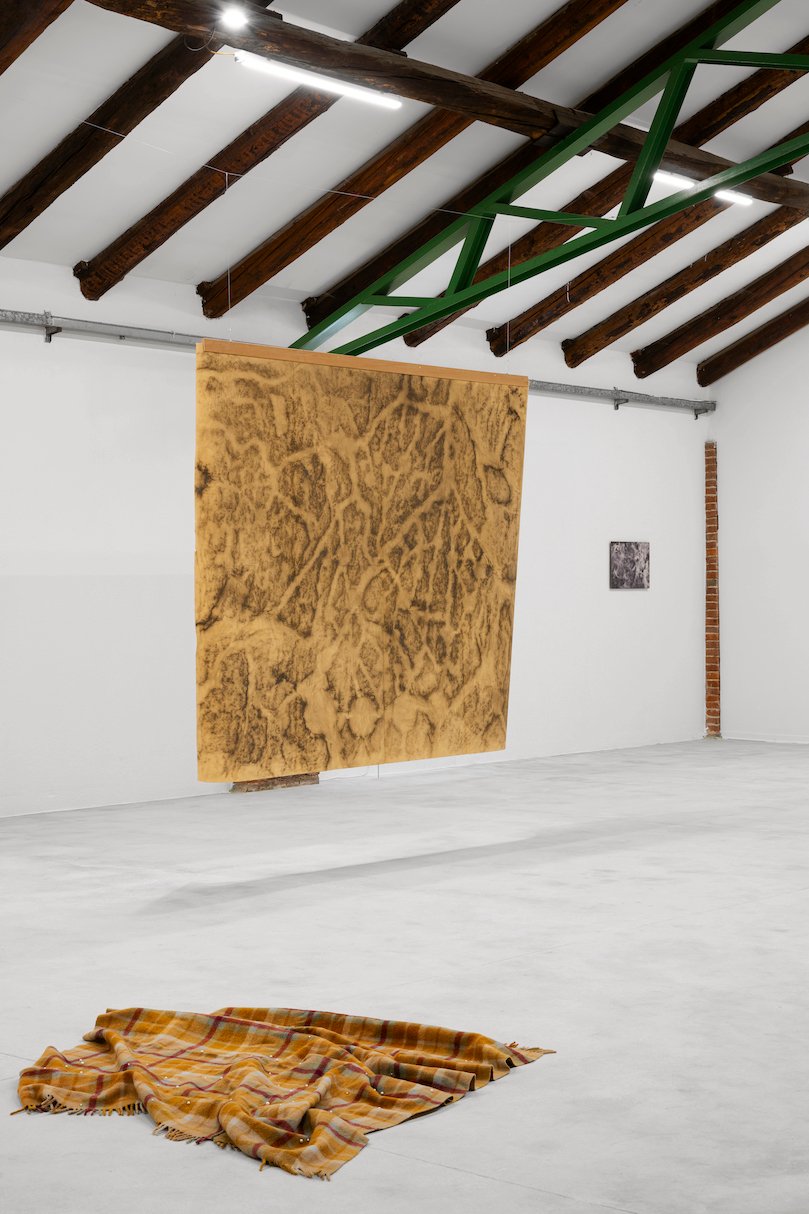
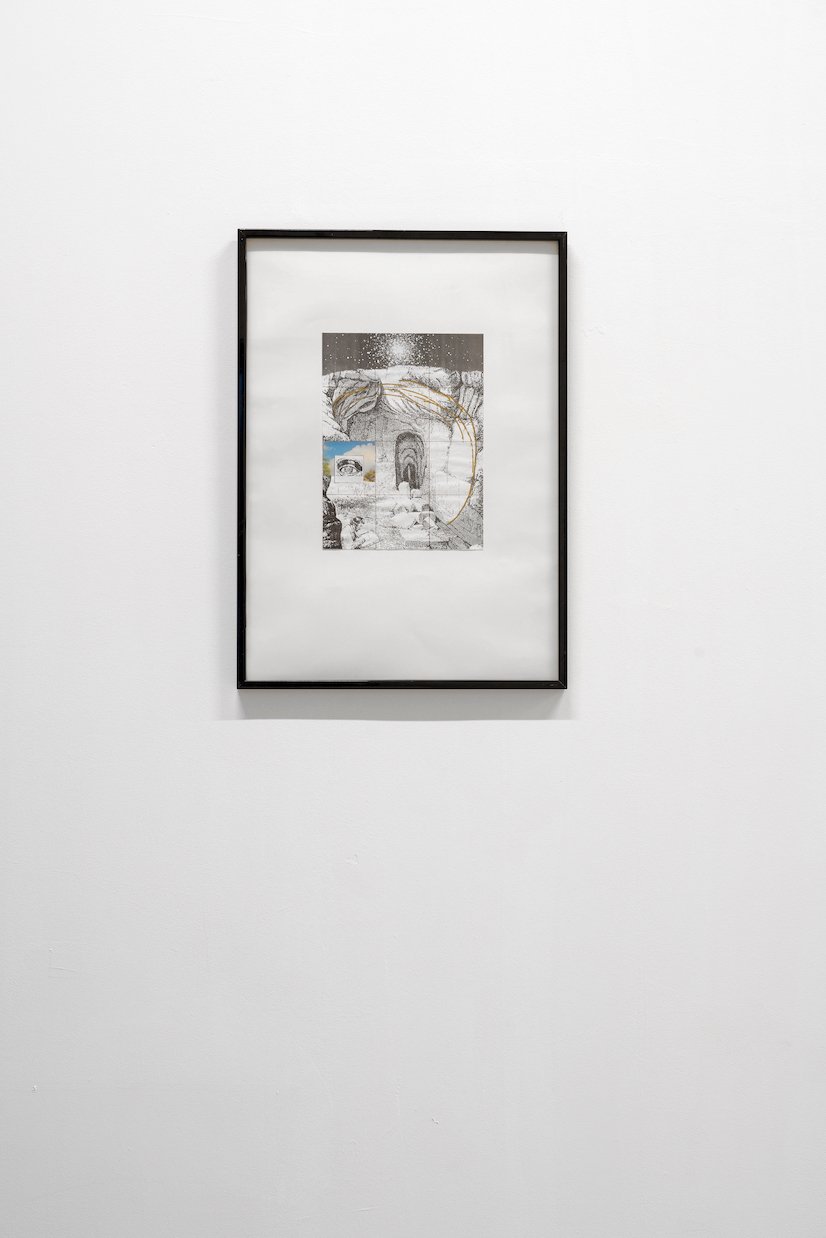
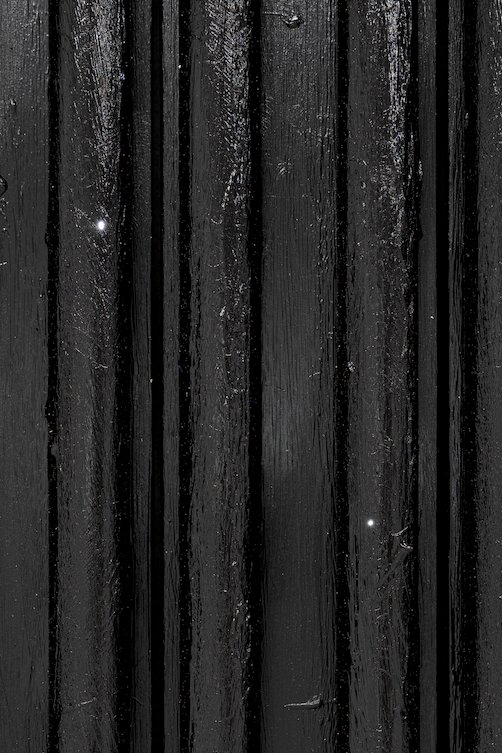
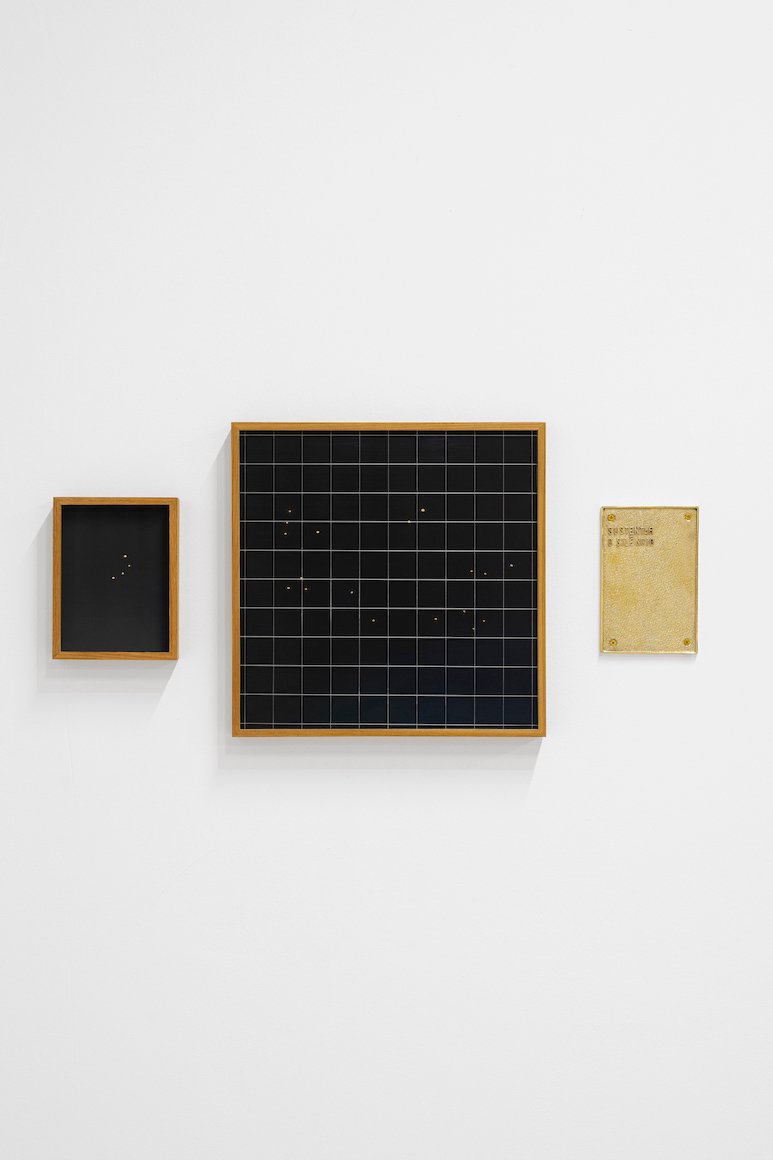
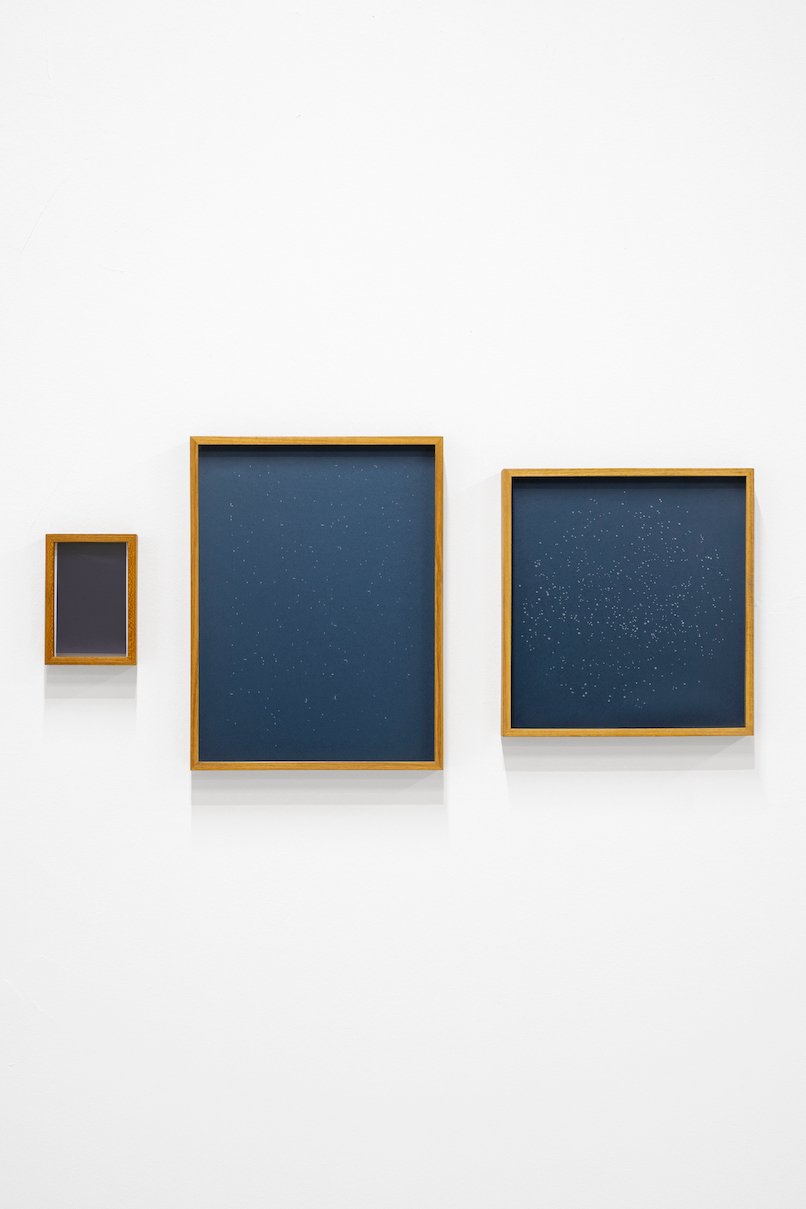
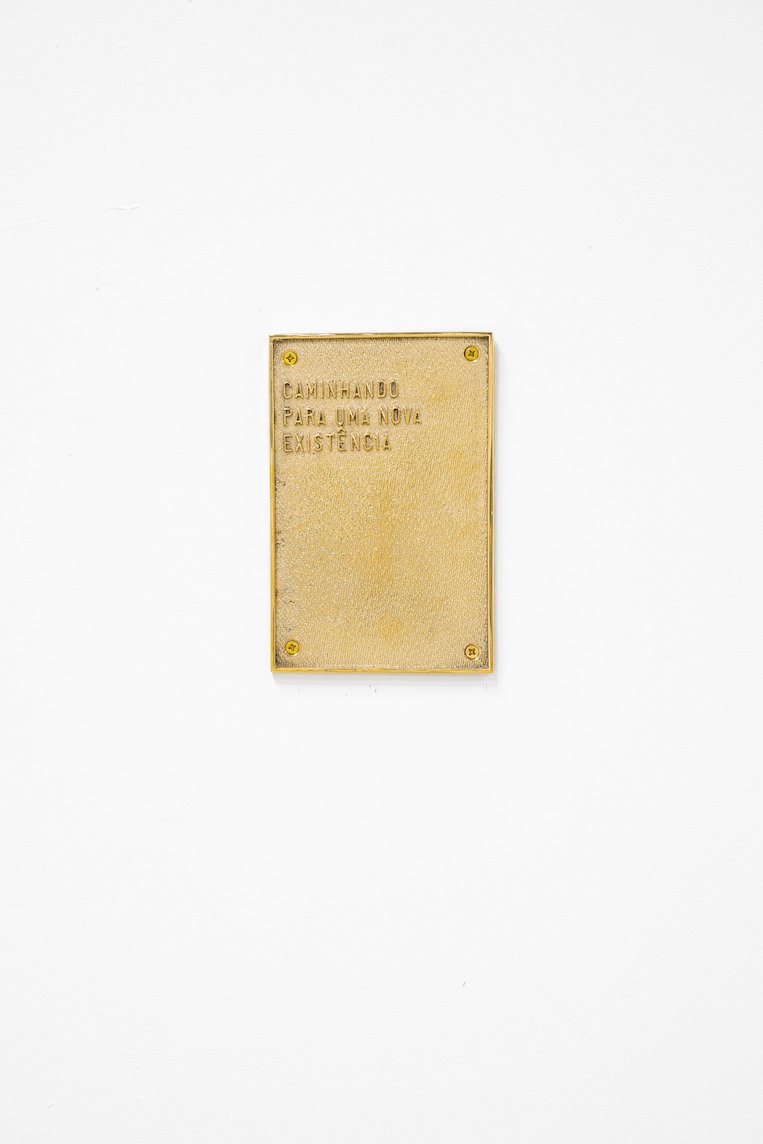
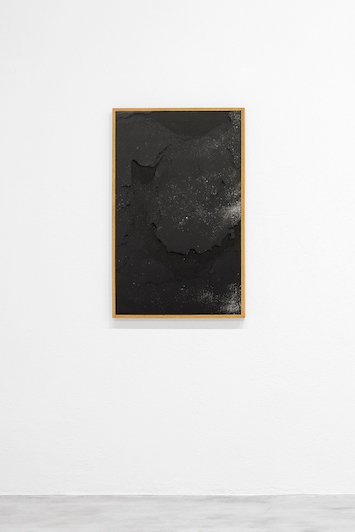
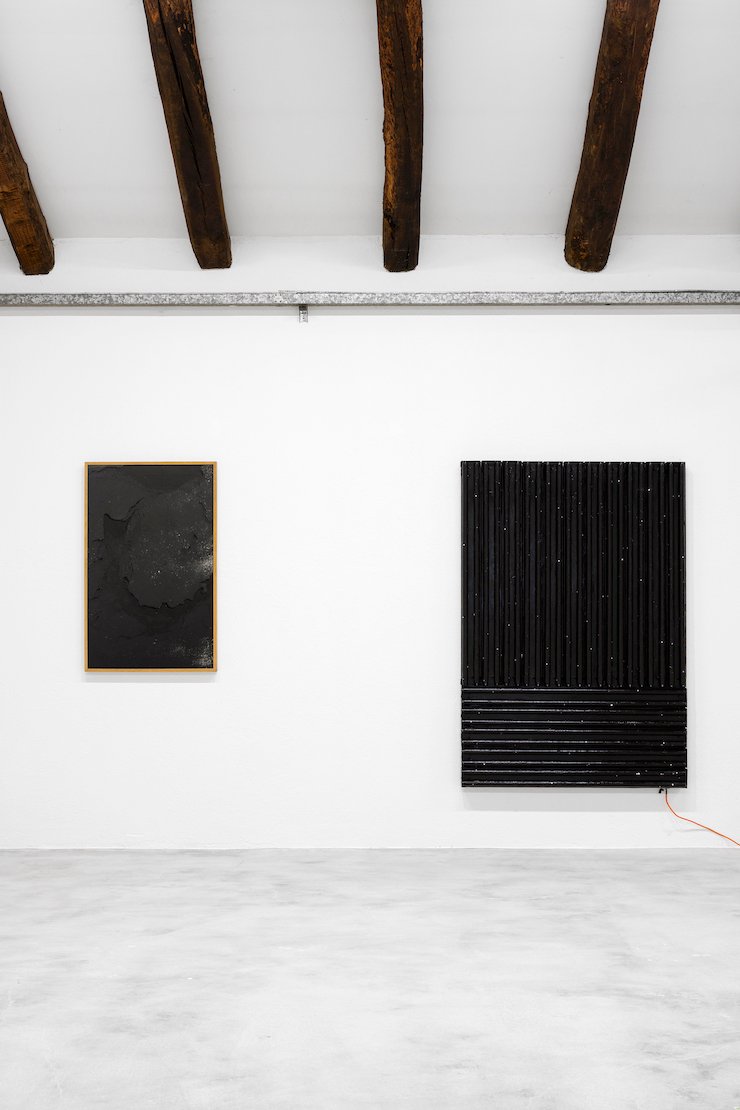
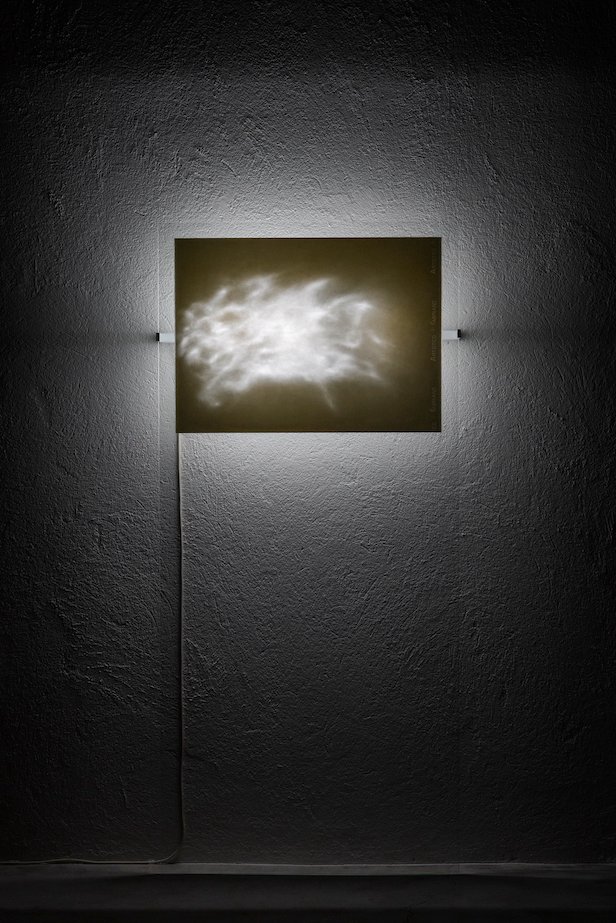
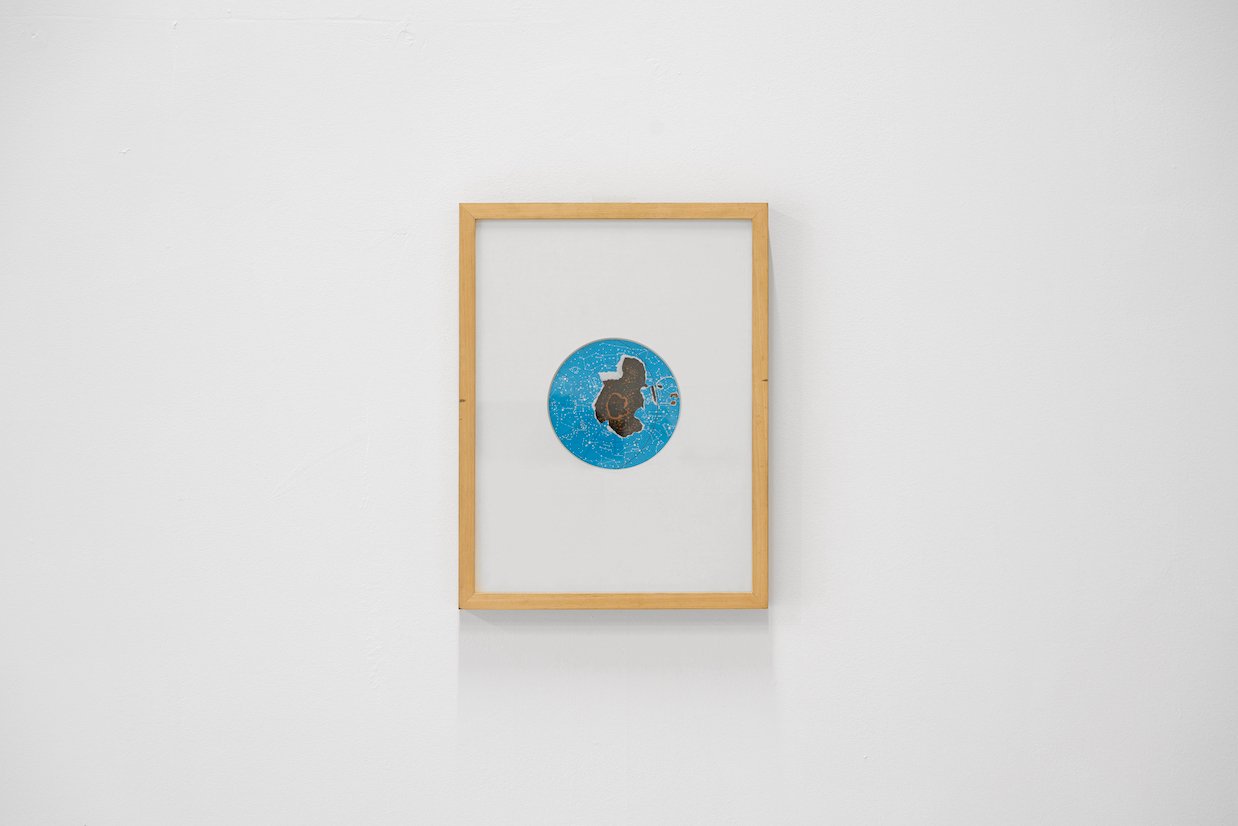
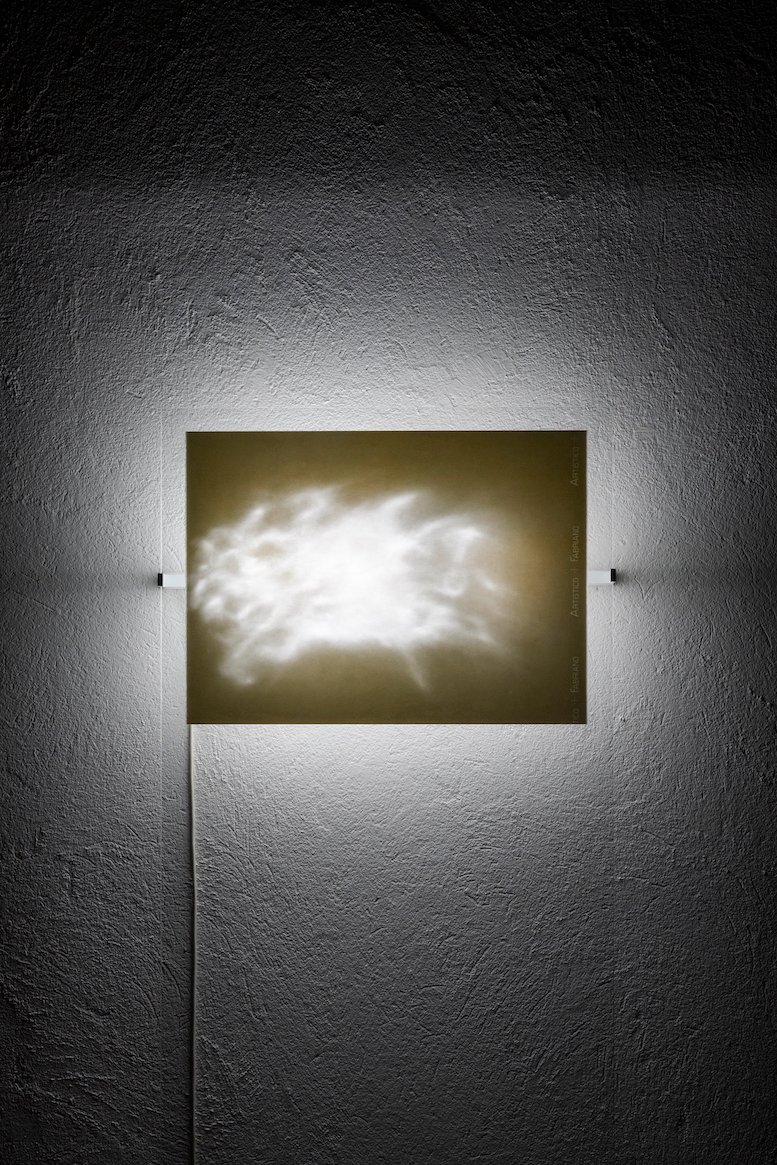
DESIDERIO. ATTO PRIMO
MARIO AIRÒ, FRANCESCO CARONE, ANDREW DADSON, MARCO DE SANCTIS, IVAN GRILO
SOPHIE KO, DAVIDE MANCINI ZANCHI, GIOVANNI OZZOLA, GIULIO PAOLINI
CLAUDIO PARMIGGIANI, AGATHE ROSA, ERIK SAGLIA, MARCO SCHIAVONE, GILBERTO ZORIO
In collaboration with:
A+B Gallery (Brescia), Dauwens & Beernaert (Bruxelles), Galleria Continua (San Gimignano), Galleria de’ Foscherari (Bologna), Galleria Franco Noero (Torino), Galleria in Arco (Torino),
Osart Gallery (Milano), SpazioA (Pistoia), Thomas Brambilla (Bergamo), Tucci Russo Studio per l’Arte Contemporanea (Torre Pellice)
TEXT BY GIULIA DE GIORGI
29.10.2023 – 7.01.2024
DESIDERIO – ATTO PRIMO is the second stage of a larger project on “desire as an opening towards the Elsewhere, as transcendence, as the invocation of another possibility than that offered by the mere presence of the existing” (Massimo Recalcati, Ritratti del Desiderio, Raffaello Cortina Editore, 2018).
DESIDERIO, conceived during the pandemic and developed in the following years, is a journey in stages that recounts a vision that is curatorial even more than a gallery-centered one: a series of luminous points united by invisible networks that recognize themselves in the sign of collaboration and a common goal. Société Interludio, through the partnership with other realities, becomes catcher and container of a dialogue between gallery owners, works, artists belonging to different generations, confirming its identity and vision of contemporary art gallery as a a place of sharing, research, experimentation and care.
DESIDERIO (from the Latin de-sidera: ‘lack of stars’) carries in its etymon the dimension of waiting, in a condition where the stars seem to be absent. Hence the yearning towards the Elsewhere, the attentive and nostalgic vigil until their reappearance, the warning of a dearth that drives one to search for the way, with the promise that there is space for the unfathomable and for a horizon different from the everyday one.
After the introduction in Turin with DESIDERIO – PRELUDIO, the journey continues on board of the shuttle designed by Erik Saglia (14), an intergalactic vehicle that literally transports us to another dimension*. This is how the story proceeds: we had left the artist to make his way through moonless nights, just like Giulio Paolini‘s (1), draughtsman, intent on reproducing a landscape with human features under the celestial vault. The search for a route has progressed, we have the necessary tools for the explorer and ineluctably we draw our own star charts to navigate space. Everyone builds their own personal map, establishing a dialogue with the stars. Each work is a microcosm.
*The shuttle connecting Turin to Cambiano is realised in cooperation with the company Nuova Benese and is available free of charge from Thursday 2 to Sunday 5 November, during Artissima.
FIRE
The gallery of Cambiano contains multiform cosmic manifestations, some shining particularly brightly, others waiting in the dark. Some are fixed and unchanging, others conceal a subtle electricity that tries to penetrate the barrier between our vision and the light source. It is precisely the obstacle that creates the forms: black paint in Andrew Dadson‘s (12) work, white paper in Mario Airò‘s (7) one. The more or less random intervention and the interstices created or left by the artists give a glimpse of a latent energy, which seems about to manifest itself in an explosion of light. It is the life of the work, existing in its warmth, unconcerned about our contemplative presence. In Sophie Ko‘s (11) vertical sky, combustion has already taken place, leaving infinitesimal remnants of unknowable images, clear dots that in their variation build a constellation beyond the artist’s control: annihilation has generated new images, destruction by chemical process has allowed matter to transform and open up to new possibilities. The journey does not end here, something still happens and makes us reflect on the temporal dimension, on proportions, on distances and on the distorted perception of the natural phenomena around us: the ashes migrate, collapsing slowly and inexorably. We cannot see this with the naked eye, just as we cannot know whether the fire element we observe glowing in the darkness is still there or is telling us something about a star that has already gone out. A celestial body that we can reignite – at least in our dreams – and that we can imagine as a five-pointed star: that of Gilberto Zorio (10), a symbol of transforming energy and, in its structure, similar to the human being, and perhaps precisely for this reason extremely familiar to us, in its ability to also be a distracted drawing and a childish sketch.
EARTH
An attempt must be made to bring the cosmic scale closer to the human one. Man has always tried to overcome that unbridgeable distance from the celestial bodies through observation, thought and magic. In his frottages, Marco Schiavone (6) attempts the approach by tracing the earth’s surface engraved by man thousands of years ago to depict the stars. On these 1:1 scale maps is narrated the connection between the earth and the sky, between the stone and the star, seemingly immutable and distant: a cast of the cast, a skin on which to read the firmament looking at the earth.
By ideally penetrating the rock beneath our feet, we can go even further, to peer into the abyss beyond the reassuring and familiar representations: in Claudio Parmiggiani‘s (3) Cosmografia, positive becomes negative and vice versa, light becomes shadow, the celestial spheres shatter and an ineffable spectacle opens up before our eyes, until the moment when we can no longer distinguish between upper and lower realities. The image bounces endlessly inside the mirror: as in heaven so on earth. Earth that sometimes remembers the sky, so much so that it creates exemplars for itself. Francesco Carone‘s (15) constellation of precious pearls is thus a “portable” version of the cosmos, a memory sewn onto an old plaid, the memory of one night’s revelation: the Elsewhere, in its unspeakable beauty, can be sought and desired, but never possessed. The blanket with the arrangement of the stars that appeared that night is the window to the universe, beyond one’s own body.
WATER
Davide Mancini Zanchi creates a carpet of stars in which the body is the protagonist: saliva, an organic, fluid, personal element, desecrates the sacredness of the firmament, which Agathe Rosa (13) also tries to scratch, inviting us to doubt reality, inevitably always constructed as in a subjective shot. Deception is just around the corner, the subtle and ironic ambiguity of the work delves into our thoughts: what am I observing? Are they really auroras borealis, or are these white shapes nothing more than water vapour coming out of the mouth? Whatever it is, we are confronted with a discovery, but also with a question and a desire that entices us to go further, towards unexplored territories.
For Ivan Grilo (9), the point of origin of this journey is a story handed down in writing, and the medium is the word. The senses are voluntarily paused and the word can rise to pure breath. No longer sound, but what lies between one sound and another, a moment of discontinuity: commas, silences, pauses. A sky that now reflects those voids that have become full, those dots that have become celestial bodies. As if the cosmos was answering our question.
AIR
Observation for the purpose of knowledge has always been one of the ways to bridge the distance between us and the sky. Whether with the naked eye, a home telescope or an astronomical observatory, the gaze is the first instrument of knowledge. The eye confronts the immeasurable and from this astonishment comes first, then representation and interpretation. The amazement is that coming from a fluctuating manifestation of light and matter, immortalised by Giovanni Ozzola (8) on slate: a nebula, at times an unfathomable agglomerate, at times the terminal phase of a star’s evolution, reminding us once again that everything is subject to time and that no single gaze can fully grasp the vision of the infinity of the cosmos. It is important, in order not to lose oneself in pure wonder, to keep one’s gaze open and speculative, like the first time, centuries ago, when human beings observed the Moon up close through a telescope, and then reproduced it as accurately as possible. Marco De Sanctis‘ (4) engravings are, in this sense, a celebration of the eye that goes beyond known territory and of the mind that, thanks to visual memory, completes the image.
Representation then, but also interpretation, the same that astrophysicists use to fill in the altered and illegible parts in images captured by scientific instruments. One can perhaps devise a taxonomy of interpretation, a science which includes the variables dictated by imagination. Erik Saglia (14) systematically reproduces satellites in forms that go beyond the canonical images, to show us the celestial bodies in their state of tension, in the contemplative moment that preludes the explosion and rearrangement of the elements in space.
Before the time of Elsewhere begins again.

